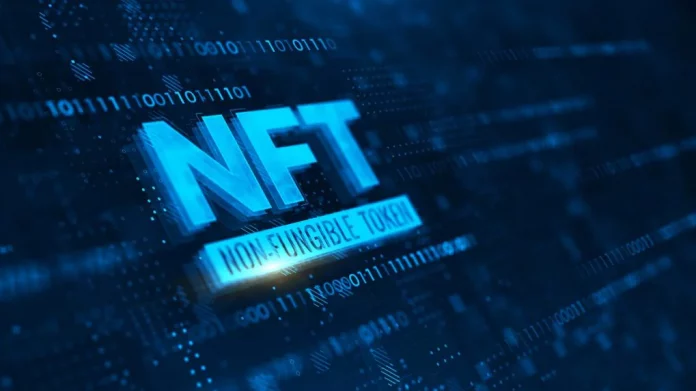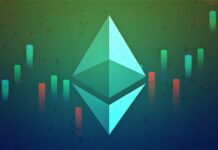What changed from NFT 1.0 to NFT 2.0?
NFT 2.0 can do everything that NFT 1.0 cannot. Here are the characteristics of NFT 2.0 that make it even more unique:
NFT Interlinking: This feature introduces layers to the concept of ownership. This means that an NFT can be linked to other NFTs, hold ‘fungible’ tokens, and even be associated with multiple data sets.
Upgradability: This capability allows NFTs to be modified in the future by adding metadata (data about the underlying asset), upgrading the artwork it is associated with, etc.
Dynamism: This feature makes NFTs more powerful by equipping them to give commands and execute modifications to other NFTs associated with it. It can even tweak the look of the connected NFTs. The capabilities of an NFT depend on the developer of the project.
How do these features make NFT 2.0 better?
Nested NFTs: Nesting of NFTs means that one NFT can own other NFTs. NFT 2.0 protocol developer RMRK has created infinite nesting, which translates to one NFT owning other NFTs which further own more NFTs. It goes on forever. Nested NFTs find use in the metaverse, gaming, art, virtual exhibitions, etc.
Customised NFTs: NFT 1.0 only associated a single resource to the token. This means the token could only be associated with one format. No matter where the NFT is being viewed, it will appear the same to everyone. NFT 2.0 allows each token to be linked with multiple designs. Let us understand with an example.
Let’s say you are buying a book NFT. But the book is available in multiple formats, such as PDF and audiobook with a cover image. NFT 2.0 identifies the device you are accessing the book NFT from and displays the relevant design. For example, if you are using an audio player, you will see the audiobook, but a PDF will be displayed if you are using a book reader.
Smart NFTs: Unlike NFT 1.0, the upgraded version allows smart contracts to become linked with NFTs. Thus, when the NFT changes ownership, the smart contract will automatically modify the ownership data on the token and record it on the respective blockchain. Moreover, the smart contract ensures that the creator of the NFT gets a royalty every time the asset changes hands.
Co-owned NFTs: NFT 1.0 allowed assets to be owned by a singular entity. However, with NFT 2.0, multiple owners can pitch in and own a stake in the NFT. This allows aspiring owners with a fund deficit to take part-ownership of the underlying asset. Having multiple owners also garners better trust in the asset as well as its ownership.
NFT Rental Model: NFT 2.0 goes beyond just ownership and lets collectors lease the underlying asset through smart contracts to other people. Since renting an asset generates a passive income for the owner, this model improves the liquidity in an otherwise illiquid market. (NFT owners tend to hold on to their tokens for a long time under the belief that their value will appreciate over time, thus limiting the flow of currency.)
These added features and functionalities make NFTs smarter, more reactive, and adaptive. With smart contracts, the human intervention behind the buying and selling significantly drops, thus adding to the decentralised nature of the blockchain ecosystem powering the NFT marketplaces. The upgradability also means that NFT storage could change in the near future.
(Edited by : Aditi Gautam)
Credit: Source link






















 Bitcoin
Bitcoin  Ethereum
Ethereum  Tether
Tether  Solana
Solana  USDC
USDC  XRP
XRP  Lido Staked Ether
Lido Staked Ether  Dogecoin
Dogecoin  Toncoin
Toncoin  Cardano
Cardano  Shiba Inu
Shiba Inu  Avalanche
Avalanche  TRON
TRON  Wrapped Bitcoin
Wrapped Bitcoin  Polkadot
Polkadot  Bitcoin Cash
Bitcoin Cash  Chainlink
Chainlink  NEAR Protocol
NEAR Protocol  Polygon
Polygon  Litecoin
Litecoin  Internet Computer
Internet Computer  LEO Token
LEO Token  Uniswap
Uniswap  Dai
Dai  Fetch.ai
Fetch.ai  Ethereum Classic
Ethereum Classic  First Digital USD
First Digital USD  Hedera
Hedera  Render
Render  Aptos
Aptos  Cosmos Hub
Cosmos Hub  Cronos
Cronos  Mantle
Mantle  Pepe
Pepe  Stellar
Stellar  Wrapped eETH
Wrapped eETH  Filecoin
Filecoin  Stacks
Stacks  OKB
OKB  Immutable
Immutable  Renzo Restaked ETH
Renzo Restaked ETH  dogwifhat
dogwifhat  Arbitrum
Arbitrum  Optimism
Optimism  Bittensor
Bittensor  Maker
Maker  The Graph
The Graph 
